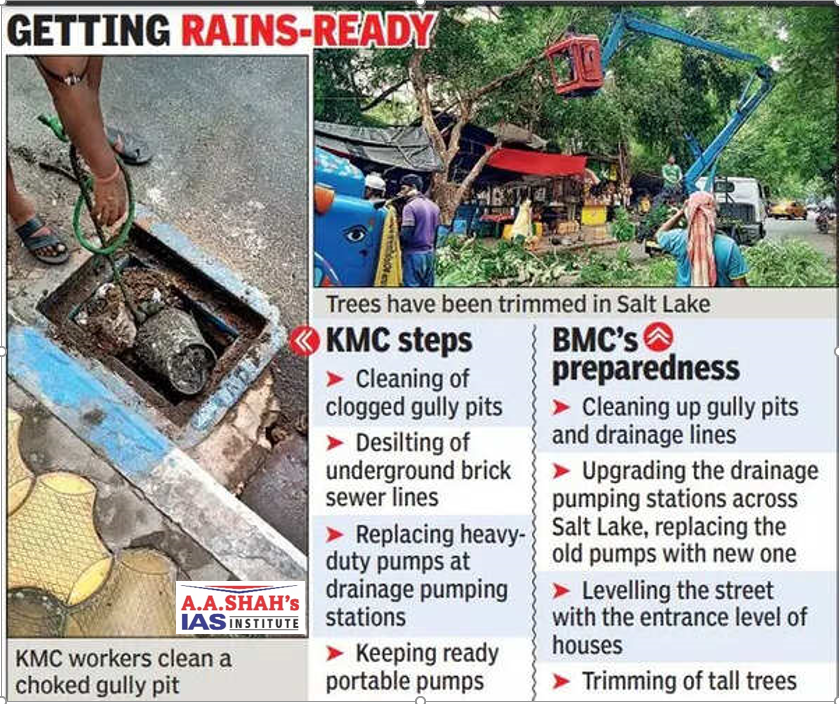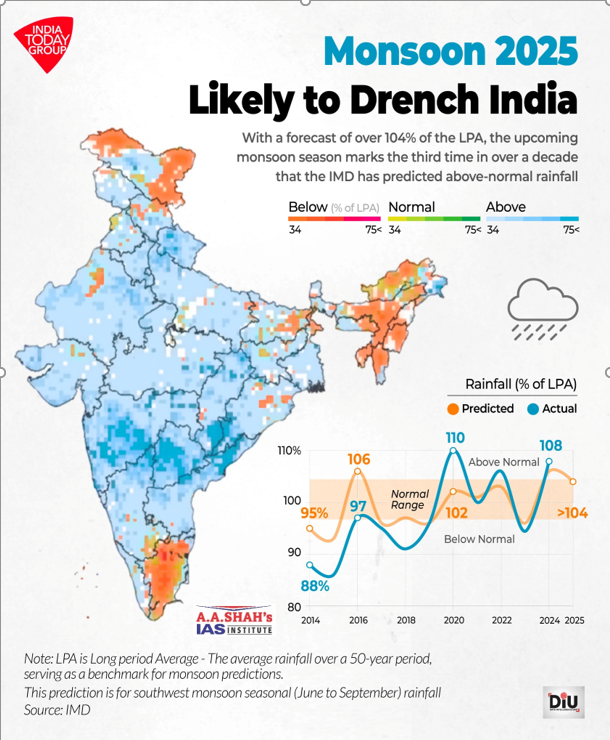Excess rain is no excuse for damage caused by neglect of sluices
DISASTER MANAGEMENT
4 SEPTEMBER 2025
- The heavy rains and flooding across Andhra Pradesh and Telangana this season underline how extreme weather interacts with governance.
- In 2024, Andhra Pradesh recorded 27% of its annual rainfall in two days; this August, Vizianagaram logged a 46% excess, with some parts reporting up to 90%.
- Consecutive years of extreme precipitation signal a shift in the monsoon’s behaviour.
- Reservoir and barrage systems in river basins are designed to manage seasonal inflows but the timing and intensity of recent rain events matter.
- The recurrent flooding of rivers points to how minor tributaries and drainage channels, which are often neglected in policy, become debilitating choke points.
- While sheer volume explains part of the flooding, infrastructural weaknesses magnify the damage.
- In urban areas, partly desilted drains, encroached stormwater channels, and concretised surfaces have restricted water absorption.
- Year after year, large sums are sanctioned for immediate relief but strengthening floodbanks and completing diversion channels remain unfinished.
- Extreme rainfall cannot be prevented but its consequences can be moderated by anticipating it.
- Reservoir management, for example, needs to incorporate real-time hydrological modelling so that water levels are drawn down before a deluge, creating flood cushions.
- Urban planning must prioritise drainage networks and reserve permeable land for water absorption, moving beyond cosmetic desilting drives.

